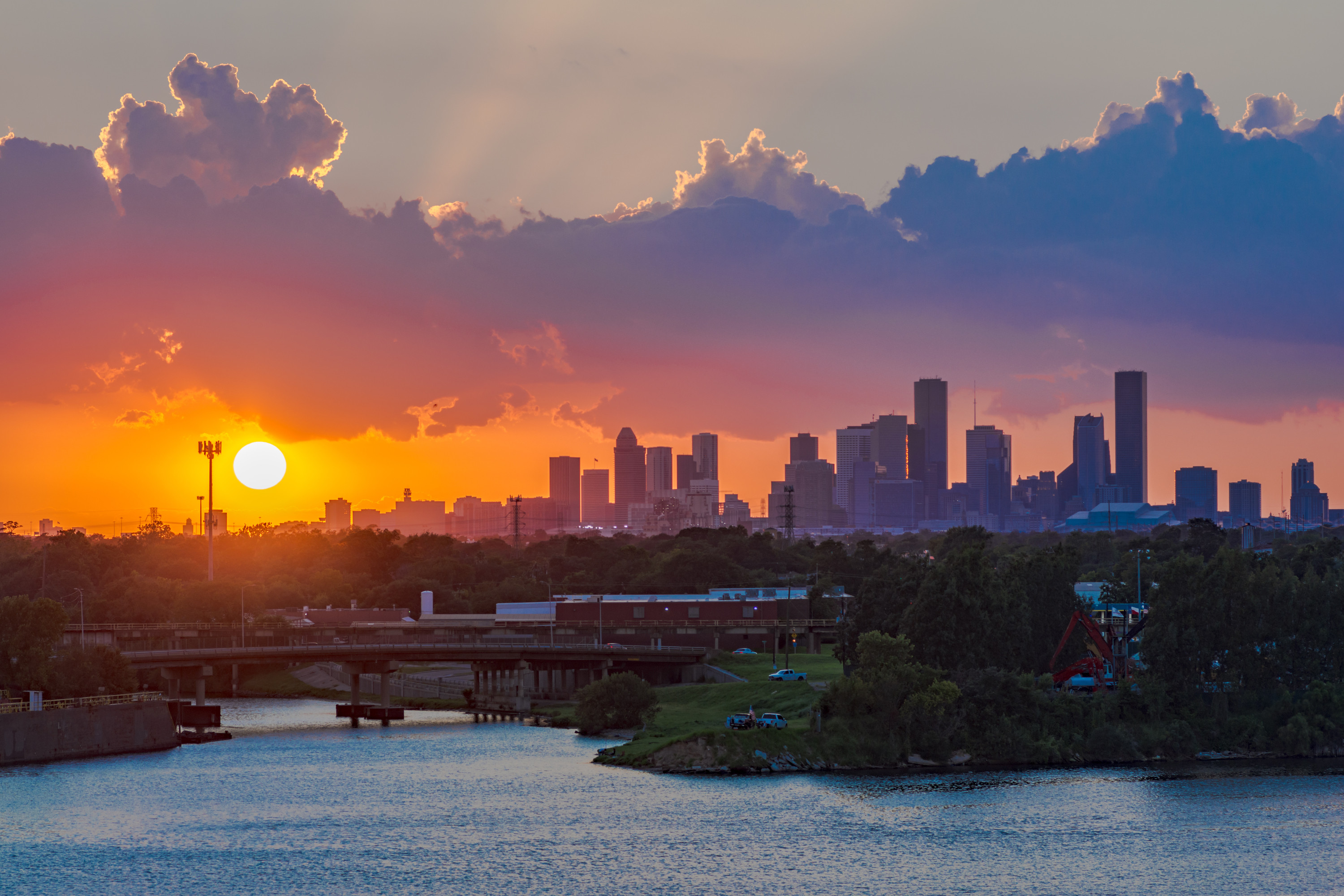
Houston is outpacing all other U.S. major metros when it comes to retail demand and construction deliveries, according to CBRE's latest market analysis — one of a pair of new reports indicating the city is poised for a strong retail rebound going into 2022.
A significant amount of delivered retail in the fourth quarter of 2021 came from the Montrose Collective.
Houston recorded 3.75M SF of positive net absorption for 2021, CBRE said, finishing the year 12.6% higher than in 2019, before the pandemic wreaked havoc in the industry. That came despite net absorption falling 1.3M SF in the fourth quarter of 2021. The fourth quarter also saw more than 301K SF of new retail delivered, with three-quarters of that coming in the Inner Loop and Far Northwest submarkets.
Thanks to numbers like that, the real estate giant is predicting economic growth into the new year and momentum from new mixed-use projects.
Hamilton told Bisnow in an email. "With the current development pipeline, new retailers moving into the market, continued population growth, and new investors considering Houston, I feel as though 2022 will be another solid year for retail.”
Most new retail space was in the Inner Loop and Far Northwest submarkets, with 80K SF coming from the Montrose mixed-use Montrose Collective alone.
The CBRE report notes demand for retail real estate follows an industrial boom tied to the rise of e-shopping. Houston shoppers spent $99B in 2021, up from just over $80B in 2019, with many starting their holiday shopping in midsummer in response to labor force and supply chain issues.
A separate Cushman & Wakefield shopping center report indicates Houston experienced the nation's largest volume of positive absorption in Q4 at 946K SF, though leasing demand was affected by the omicron variant, with power centers and neighborhood centers nationally falling 21% year-over-year. Strip centers, in comparison, dropped 6% over the same period.
"Retail property markets continued to improve strongly in Q4 2021 with vacancy rates approaching their pre-pandemic levels despite a new wave of challenges, including supply chain delays, high inflation and the rapid spread of the omicron variant," Cushman & Wakefield's Head of Retail Services, Americas Barrie Scardina said in a statement. "Armed with elevated savings and wealth, consumers were largely resilient to these issues, which propelled holiday sales to the highest level on record thanks to surging e-commerce and improved in-store foot traffic."
Retail's doom was predicted early in the first months of the pandemic, though recovery was noted as early as the fourth quarter of 2020. Texas' reopening in March 2021 helped the state recover faster than elsewhere in the country, brokers told Bisnow previously.